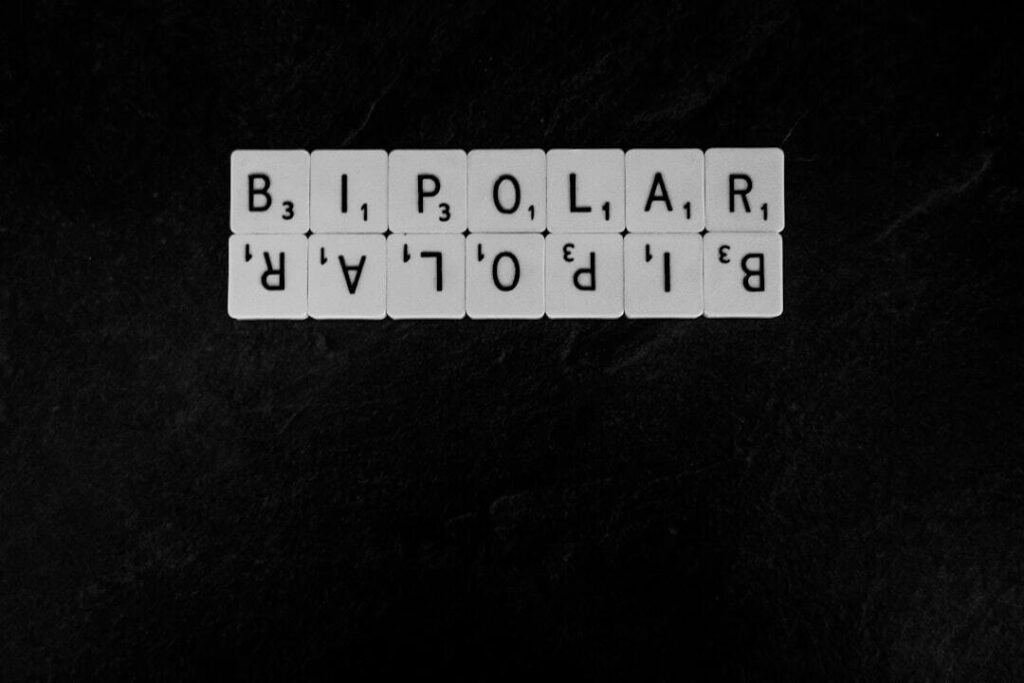Ketamine Therapy is an evidence-based treatment that’s making waves in the mental healthcare industry. People struggling with bipolar disorder and bipolar depression can potentially experience relief from their symptoms with ketamine Therapy, and here’s how.
Understanding Bipolar Disorder
Bipolar disorder is a mental health condition that can manifest through extreme mood, energy, and behavioral shifts. Common aspects of this disorder include manic episodes (euphoria, irritability, lack of impulse control) and depressive episodes (helplessness, emptiness, anhedonia).
Bipolar I is recognized by full manic episodes, with the possibility of depressive episodes, while Bipolar II is recognized by hypomanic episodes (less severe manic episodes) with major depressive episodes.
The common treatments for managing symptoms of bipolar disorder include combining psychotherapy and medicine (antidepressants, mood stabilizers, atypical antipsychotics). People with bipolar disorder with well-controlled manic features may be eligible for Ketamine Therapy.
Ketamine Therapy
Ketamine Therapy is an innovative treatment option for individuals struggling with various mental health conditions. A key aspect of Ketamine Therapy is the rapid reduction of symptoms and potential immediate relief, which are crucial for people dealing with treatment-resistant conditions, including treatment-resistant depression (TRD) and treatment-resistant bipolar disorder.
Ketamine Therapy is administered intramuscularly (IM), intravenously (IV), or nasally, via Spravato. Intramuscular injections are the preferred way of administration due to fewer side effects. A typical Ketamine Therapy session consists of three main phases, including:
- Preparation phase: A compassionate Guide is present to prepare the patient for treatmentthrough breathwork, setting intentions, and meditation, making them more comfortable and receptive to healing.
- Medication phase: A dose of ketamine is injected into the large muscle of the shoulder by a medical professional.
- Integration phase: Patients are monitored after treatment, receiving grounding support and guidance that encourages integration of insights and promotes deep, emotional healing.
How Ketamine Can Help With Bipolar Disorder
Ketamine works by blocking the NMDA receptors, causing a surge of glutamate in the brain. The key benefits of ketamine include boosting the brain’s ability to create new connections (neuroplasticity), mood regulation, relieving symptoms, and reducing negative thought patterns. Ketamine is a potential treatment option for individuals who struggle with treatment-resistant depression, who haven’t found relief from traditional antidepressants.
Different Ketamine Therapy Services
Ketamine Therapy is tailored to the needs of each patient, with different administration and guidance methods to accommodate their therapeutic needs. The common services include:
Guided Ketamine Therapy: A therapy session that offers extended preparation and integration phases led by a compassionate Guide of choice. Ketamine is administered intramuscularly (IM) by injecting it into the large muscle of the shoulder.
Semi-Guided Ketamine Therapy: A balanced therapysession that offers limited guidance and independence, led by a compassionate Guide. Ketamine is administered intramuscularly (IM) or intravenously (IV).
IV Ketamine Infusions: A ketamine treatment administered intravenously (IV), with similar elements of Semi-Guided Therapy.
Couples Ketamine Therapy: For pairs looking to heal from their shared or individual mental health problems in a safe and understanding environment. Ketamine is administered intramuscularly (IM) by injecting it into the large muscle of the shoulder.
Group Ketamine Therapy: A therapeutic experience with up to 6 like-minded people. Ketamine is administered intramuscularly (IM) by injecting it into the large muscle of the shoulder.

Ketamine Therapy vs Other Treatments for Bipolar Disorder
The type of bipolar disorder and the severity of the manic and depressive phases both play a key role in creating an effective treatment. Antidepressants and atypical antipsychotics are usually paired with a mood stabilizer and psychotherapy. Ketamine Therapy combines the transformative effects of ketamine with guidance to promote emotional processing and deep healing. Ketamine offers a rapid onset of effects, which can be beneficial for those going through a depressive episode.
If you intend to harm yourself right now, please call 988, 911, or proceed to your nearest Emergency Department for immediate treatment.
| Treatment Type | Ketamine Therapy | Antidepressants | Atypical Antipsychotics | Mood Stabilizers |
| Administration | Injection, infusion, nasal | Oral | Oral | Oral |
| Purpose of Use | Reducing symptoms of depression, breaking negative thought patterns | Reducing symptoms of depression (usually combined with mood stabilizers) | Reducing symptoms of manic episodes | Reducing mood swings |
| Onset of Effects | Within hours or days | Several weeks | A few days or weeks | Several weeks |
| Reduces Depression Symptoms | Yes | Yes | Some do | Some do |
| Duration of Treatment | Two to six weeks | At least a couple of months | At least a couple of months | At least a couple of months |
| Common Side Effects | Nausea, high blood pressure, lightheadedness, headaches | Nausea, fatigue, weight gain | Drowsiness, weight gain | Fatigue, weight gain, tremors, nausea, |
| Black Box Warning | / | Yes | Most do | Some do |
Find Relief With The Right Care
Bipolar disorder is complex and has many layers that are unique for each patient, finding the appropriate treatment that covers everything can be difficult. Book a free consultation at Kadelyx Health, and see how a personalized treatment plan can transform your life.






